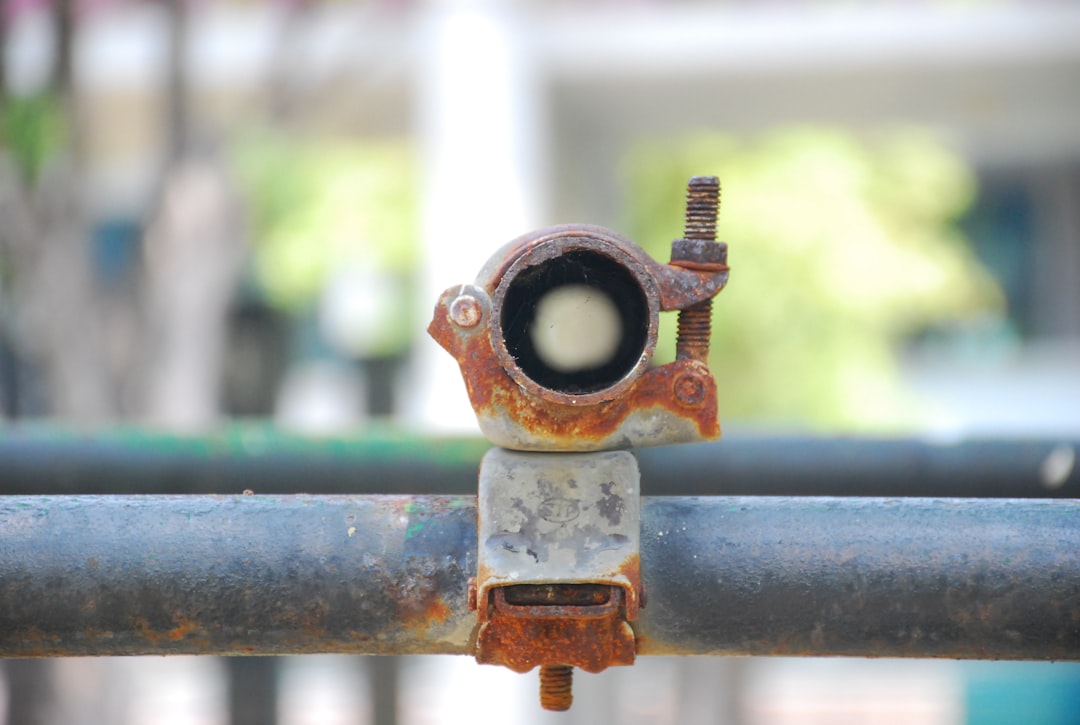
How to enable debug logging in PHP
Debugging PHP applications often requires gaining additional insights into their runtime behavior. By enabling debug logging in PHP, developers can track errors, warnings, and custom log messages to help identify and resolve issues more effectively. Debug logging provides critical information about script execution and is particularly useful in development and testing environments. This article outlines step-by-step instructions on how to enable debug logging in PHP, while also offering some best practices along the way.
What Is Debug Logging in PHP?
Debug logging refers to the process of recording scripts’ activities, errors, and other relevant messages to a file or other logging destinations. This helps developers trace what happens during execution. PHP provides various built-in functions and configurations to achieve robust log management.
By default, PHP logs some errors and warnings, but developers can customize logging levels and destinations to suit their needs. Whether working with small scripts or large applications, enabling debug logging is indispensable for troubleshooting and performance tuning.
Step-by-Step Instructions to Enable Debug Logging
1. Modify php.ini for Error Reporting
The php.ini file is the primary configuration file for PHP. To enable debug logging, follow these steps:
- Locate the php.ini file. The location varies depending on your server environment (e.g.,
/etc/php/{version}/apache2/php.ini). - Open the file in a text editor.
- Set
display_errorstoOffto prevent errors from being displayed to users andlog_errorstoOnto enable error logging. - Specify the log file location using
error_log. For example:log_errors = On error_log = /var/log/php_errors.log
Restart your web server (e.g., Apache or Nginx) to apply these changes.

2. Set Error Reporting Levels
PHP offers different levels of error reporting. Use the error_reporting() function or configure it in the php.ini file. For enabling comprehensive debug logging during development, set error reporting to its maximum:
error_reporting(E_ALL);Alternatively, add the following line to your php.ini file:
error_reporting = E_ALLThis setting logs all types of errors, including notices, warnings, and fatal errors.
3. Enable Custom Logging with error_log()
PHP allows developers to write custom messages to the log file using the error_log() function. For example:
error_log("This is a custom debug message.");The above script appends the message to the file specified in the error_log directive.
4. Use Debugging Frameworks
For more advanced needs, developers can incorporate PHP frameworks like Monolog. These frameworks support various logging channels and levels, making them a powerful tool for managing debug logs in large applications.

Best Practices for Debug Logging
- Turn off debug logging in production: Logging sensitive data in a production environment can create security risks and degrade performance.
- Keep logs organized: Use descriptive messages and timestamps to make it easier to trace the source of issues.
- Monitor log size: Large log files can make error resolution cumbersome and consume server resources.
- Leverage external tools: Tools like Graylog and Logstash can centralize and analyze logs for more efficient debugging.
FAQs
What is the difference between display_errors and log_errors in PHP?
display_errors determines whether errors are shown directly on the webpage, which is mostly helpful during development. Conversely, log_errors enables writing errors to a log file for later review. Using log_errors in production ensures users are not exposed to technical error details.
How can I access the error log file?
Check the error_log location specified in the php.ini configuration file. Ensure your user permissions allow access to view the file. For example, use the command sudo cat /var/log/php_errors.log in a Linux terminal.
Why can’t I see any logged errors?
This could be due to several reasons:
- Insufficient permissions for the log file or directory.
- The
log_errorsdirective is set toOffin your php.ini file. - The
error_reportinglevel excludes the type of error you are expecting. - The web server has not been restarted after making configuration changes.
Can I log errors to a remote location?
Yes, PHP supports logging to remote locations using error logging frameworks like Monolog and syslog, which can forward logs to remote servers for centralized storage and monitoring.
By following these steps and best practices, developers can enable and utilize debug logging effectively, thus ensuring a smoother application development and debugging experience.